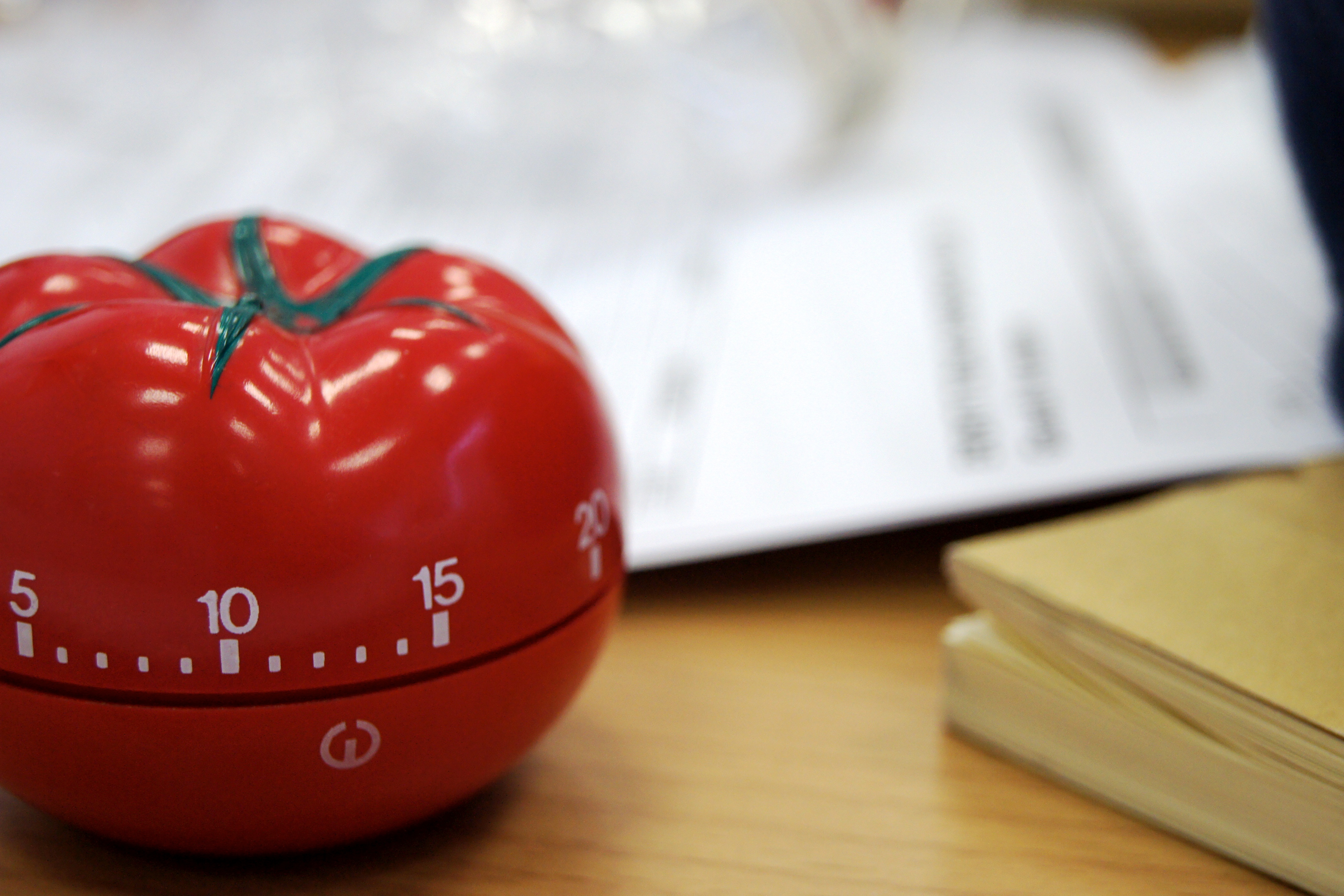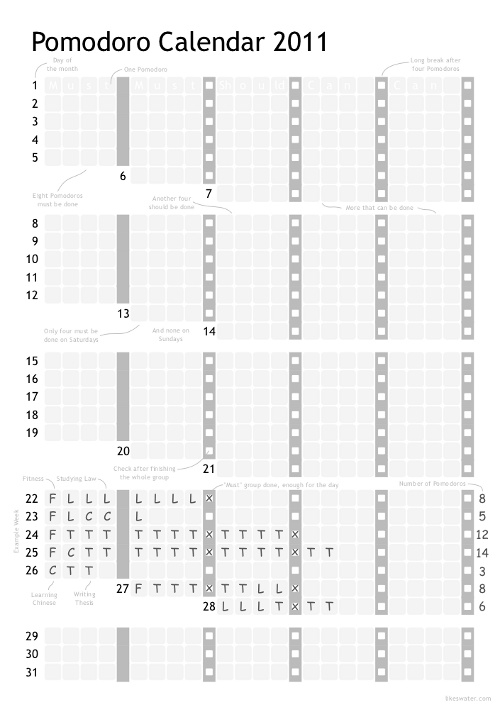Blog · Dominik Mayer · Products, Asia, Productivity
The story of my life in China is here.
L'origine Du Monde
Gustave Coubert’s famous painting “L’Origine du monde” (“The Origin of the World”) shows the genitals of a naked woman. Performance artist Deborah de Robertis provides the visitors of the Musée d’Orsay with the oportunity to see how realistic the artwork is.
Women See Their Vagina for the First Time
I posted an add on Craigslist seeking women who have never seen their vaginas. This is the result.
I think that’s more common than one would guess.
Tweaks With Paper and Origami
This is how Facebook built much of Paper. Matas and other designers used Origami to create unusually complete prototypes, and then a group of software engineers reproduced and refined these prototypes, building software they could ship to a world of phones. […]
Tweaks is a bit like Origami. But rather than providing a way of quickly molding prototypes, it lets engineers instantly shape and reshape an application after they’ve actually built it with software code. Both designers and engineers can test changes to an app without having to recode and recompile it. Instead, they can open a menu that lets them adjust all sorts of specific behavior, including the way the app’s smorgasbord of interactive animations responds to movements and finger gestures.
These are some pretty interesting tools.
How Different Cultures Understand Time
Time is seen in a particularly different light by Eastern and Western cultures, and even within these groupings assumes quite dissimilar aspects from country to country. In the Western Hemisphere, the United States and Mexico employ time in such diametrically opposing manners that it causes intense friction between the two peoples. In Western Europe, the Swiss attitude to time bears little relation to that of neighboring Italy. Thais do not evaluate the passing of time in the same way that the Japanese do. In Britain the future stretches out in front of you. In Madagascar it flows into the back of your head from behind.
I didn’t know there were so many different understandings of time.
How Feedback Helps Pixar Make Great Movies
The Braintrust meets every few months or so to assess each movie we’re making. Its premise is simple: Put smart, passionate people in a room together, charge them with identifying and solving problems, and encourage them to be candid. The Braintrust is not foolproof, but when we get it right, the results are phenomenal.
Pixar’s president Ed Catmull gives examples of how the Braintrust changed movies like WALL-E, Toy Story and the yet to be released Inside Out.
Interactive Panoramic Video
CENTR allows you to capture your experiences and share them in a whole new way. Capture 360° video in real-time on a camera that fits in the palm of your hand. With decades of experience working on cameras at Apple, the CENTR team knows what it takes to bring beautiful design and groundbreaking technology together in one product.
This looks pretty cool.
Authentic Communication
Facebook COO Sheryl Sandberg:
And so if you always start from the position of: “This is what I believe. I don’t expect you to believe it, I don’t think you have to believe it, I’m not saying it’s true” you can actually always communicate authentically.
‘cause if you walk in the room – and this gets worse as you get more senior: “Here’s the answer.” You’re not giving anyone else any room to say anything.
And if you walk in the room and say: “I believe this. For this reason. What do you believe?” If you share your truth in that language, you give people room to […] communicate authentically.

Treptower Park by Andre Wagner on Flickr.
Fighting Multitasking One Pomodoro a Time

(Image: Luca Mascaro)
Multitasking is a great feature of most modern operating systems. Unfortunately, the human brain was created a while ago so our implementation is far away from being perfect. Problems occur in both kinds of human multitasking:
Real multitasking
Real multitasking is when you do two things at the same time. Reading while listening to music, finishing a mail while watching TV or eating and talking to your wife. From my experience, real multitasking does only work when you don’t have to split your attention, when you don’t have to focus on more than one thing. Listening to the radio while driving a car is relaxing. But once you run into a critical situation, one that needs your attention, the radio becomes either distracting or you completely block it off, not realizing that it’s still playing.
Looking at the examples, I’d say that food and wife is great, e-mail plus TV will never work and reading with music depends on the music. In my case, it doesn’t work if I understand the lyrics. So what’s the cure for not working real multitasking? Get rid of the distraction. Turn off the TV, go to another room, get earplugs. Whatever.
Pseudo multitasking
Context Switching is the technique a single-CPU computer uses to emulate multitasking. It can’t process two things at the same time so it switches back and forth between all the tasks it has to finish. In that, the CPU has a huge advantage over the human brain: It is not bothered by unnecessary thoughts. It loads, stores, loads, stores all the things it needs to know in order to do exactly what it’s supposed to do. If only we had that capability.
When we work on something, get stuck and check our mails or then talk to a colleague, our mind will not save the exact state it had when we switched focus. And it will not be able to get back into that exact state because there are too many new things that have happened in the meantime. Maybe it wasn’t even necessary to check the mails. Did we just want to get away from what we should have been working on?
I found out that I’m highly prone to these kind of distractions. I check mails, news, Blogs, Facebook, Twitter and then I start all over again. Maybe something has happened in the last ten minutes. Hours can pass like this. I need a way to focus.
Pomodoro technique
One day, I stumbled upon the Pomodoro Technique which, in short, defines an increment of undisturbed work, called a “Pomodoro”. (There is more to the Pomodoro Technique which I’ll not cover here because I only use it for time, not for task management. You could say that I “press” the existent tasks in a Pomodoro.)
So you’d work one Pomodoro, have a five minute break and start the next one. — Don’t forget to also use a timer for the breaks! One of my early mistakes were breaks that went from five to 50 minutes because of mails, news, Blogs, … — After each four Pomodoros you get a longer break.
While you can choose any timespan you want for the Pomodoro, it’s good to stick with the suggested 25 minutes. It’s long enough to get something done and short enough to provide an easy start. Or with Confucius: Every project starts with a single Pomodoro.
That’s one of the secrets behind the Pomodoros. It’s much easier to say “I’ll do one Pomodoro” than “I will write that paper”. And after one Pomodoro you’ve already started and you say “I’ll do another one.” And another one and a fourth one and there’s the break. Puh. You finished a whole block. Not bad.
Pomodoro sheets
After months of doing more or less Pomodoros I pondered about when and why I use them and, more interestingly, when and why I don’t. I did use Pomodoros when I had to get a lot done in short time. For every Pomodoro I finished, I wrote the first letter of what I was doing on my wall calendar behind the screen. “C” for Chinese, “L” for Law, “E” for economics (well actually I used the German words and abbreviations, but that’s not important). The result: I have the Pomodoros in front of me. Does it help me? No. Why? Because it doesn’t motivate me to do more.
I needed a stricter way of tracking my accomplishments. The first Pomodoro Sheet was born. It featured eight “Must” Pomodoros, the minimum I wanted to do every day. Once I finished them, I would be able to check a box as a simple form of reward. A “badge”. There were another four “Should” and four “Can” Pomodoros. Working with the sheet went extremely well and short after I created another one with more fields and only four “Must” on Saturday and none on Sunday. You can download the Pomodoro Calendar with sheets for the whole year.
Why does it work?
- Every project starts with a single Pomodoro.
- There are only 3, 2, 1 Pomodoros left to the big break.
- Five minute breaks are enough to make sure you don’t miss an important mail or the end of the world. (Some people suggest limiting yourself by only checking your e-mails once a day. Personally I think that’s not necessary — as long as you keep your break times.)
- You can check a box as a reward. As stupid as this might sound, it really works. You’re tired and you want to go to bed but there’s only one Pomodoro left to make the whole four count.
Read on
- Multitasking in a project context: Multitasking Gets You There Later
Pomodoro Calendar 2011

This calendar helps you to track the Pomodoros you finish every day. It includes a page for stats and one for abbreviations.
- Download Pomodoro Calendar 2011
- Download Pomodoro Calendar 2011 (Booklet)
FriendFeed (And Gmail) Founder’s Reaction to Google Buzz: “This Seems Vaguely Familiar”
I’m on TechCrunch :-D.